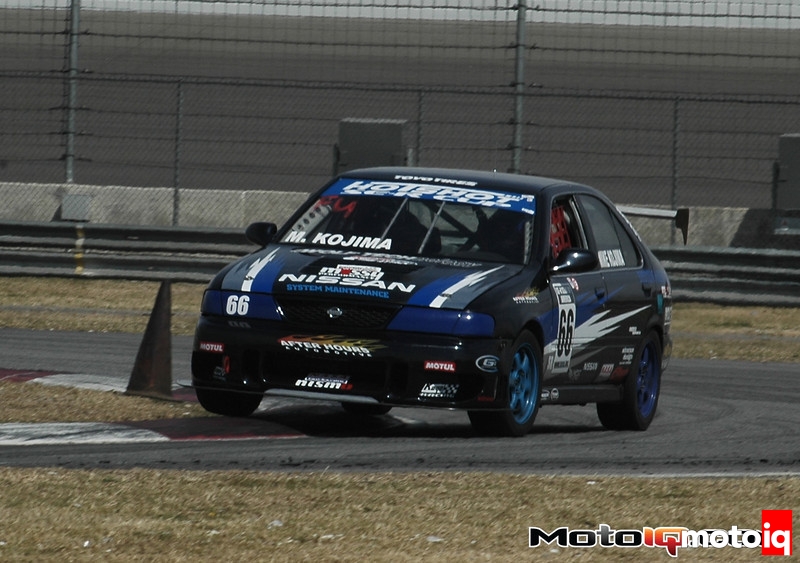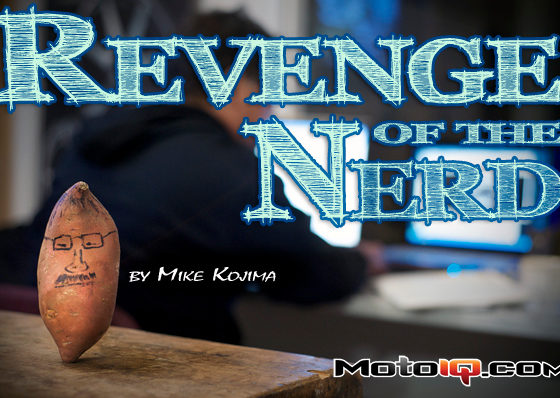,

More insidious are some of the other bad side effects that excessive body motion can produce. Many softly sprung vehicles will roll over and bottom out the suspension on one end or even both ends of the car when cornering hard. This shocks the tires and will cause an instant loss of traction on the end of the car that first bottoms out resulting in unpredictable handling. If the suspension bottoms under a large amount of roll, a lot of weight will get transferred to the outside wheel where the suspension has bottomed causing a loss of grip.

Stroking the suspension through a wide range of travel dynamically in a turn can also result in the suspension geometry doing bad things. Most factory vehicles have compromised suspension geometry due to packaging reasons and usually two things can happen when the car really heels over in a turn, neither of them good. First the suspension can gain positive camber under roll on the outside wheels. This is worse in cars with the very common McPherson strut suspension. This when the car rolls, the tires don’t, making the outside of the tires tread tire heel over onto its shoulder, not using its full tread width effectively and tearing up the outside edge of the tread.

The other evil effect of roll is bump steer and Toe Steer. Bump steer is caused when the steering linkage and the rest of the links of the suspension travel in different arcs as the suspension moves. This is due to the steering linkage not being placed in the same geometric plane as the rest of the suspension’s control arms. Racecars are designed not to have much bump steer but production cars often have the location of the suspension’s control arms and steering links compromised by design. The result of this is that the tires can get steering input even if the steering wheel is not moved when the car heels over. The driver feels this as a car that is twitchy and unstable at the limit. Dive and squat when combined with roll can make all of these issues worse.
 |
 |
The images above illustrate tie rod and control arm pick up points for both McPherson strut and unequal length A arm suspension for minimal bump steer. Now go look at your car, chances are it's not going to be that close to this. When the control arms and the tie rods have different lengths and pick up locations, the steering is going to move independently of steering wheel movement and you get bump steer. This makes the car feel twitchy and unpredictable. Too much body motion means more bumpsteer. We will cover this phenomenon in more detail in future installments. |
Toe steer is like bump steer but regarding the rear tires. Excess roll causes the rear tires to be steered in a direction other than straight ahead.
 |
Toe steer is geometric movement of the rear wheels steering them way from the direction of travel when the suspension moves. Here are some examples of toe steer caused by trailing arms on a beam axle and semi trailing arms. |



